In recent times, despite the general difficulties of the world and domestic economy , some of China's manufacturing sectors such as New Energy Vehicles (NEV), photovoltaic cells and lithium-ion batteries have experienced explosive growth with double-digit investment and export growth. This is a type of green growth, gradually becoming a driving force contributing to promoting high-quality development and helping to increase exports of this country's economy.
According to Xinhua News Agency, China's economy continued to recover overall, with steady progress in high-quality development. Accordingly, the "three new products", including new energy vehicles (NEV), photovoltaic cells and lithium-ion batteries, increased by 61.6% year-on-year for the first time, contributing to a 1.8 percentage point increase in China's exports. Behind these figures are the improved quality and efficiency of foreign trade, industry accumulation and the strong momentum of "smart manufacturing".
In the field of new energy vehicle production, China's 20 millionth new energy vehicle rolled off the assembly line in Guangzhou in early July. It took 27 years from the first car to the 10 millionth, but it took China only 17 months to increase this number to 20 million. According to calculations, every minute, 5 new energy vehicles are assembled in the Yangtze River Delta. More than half of the world's new energy vehicles are operated in China.
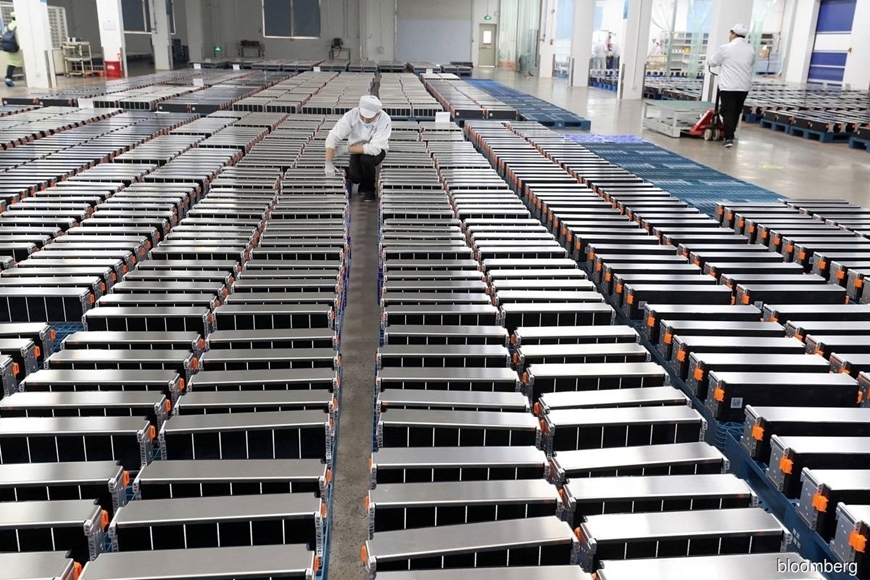 |
Lithium-ion batteries are produced at a factory in Nanjing, Jiangsu Province, China. Photo: Getty Images |
According to the US news site Axios, thanks to supportive policies, healthy competition and a consumer market willing to accept emerging technologies, China's new energy vehicle industry has developed rapidly and made a highly competitive transformation in just a few years.
Green development was another highlight of the Chinese economy in the first half of this year. Accordingly, China now owns the world's largest renewable energy production system with the world's leading installed capacity of hydropower, wind power, solar power and biomass power generation. According to data from the National Energy Administration of China (NEA), as of the end of June 2023, the country's installed capacity of renewable energy exceeded 1.3 billion KW, surpassing the installed capacity of coal power for the first time. Notably, the installed capacity of wind power and photovoltaic power in China ranked first in the world, at 389 million KW and 470 million KW, respectively.
Speaking at a press conference held by the State Council of China, Minister of Ecology and Environment Huang Runqiu said that technological progress and large-scale application of renewable energy in China have significantly reduced the cost of renewable energy, contributing to green and low-carbon development in the country. As a result, air quality and water quality indicators were assessed as positive, and energy consumption per unit of GDP decreased by 0.4% compared to the same period last year.
According to the National Development and Reform Commission, China's economy continues to have a positive recovery overall, with steady high-quality development. This is achieved in the context of weakening external demand, adverse impacts from changes in the international environment, intertwined structural contradictions, domestic cycles and risks in some areas that are gradually emerging. The 5.5% growth reflects the positive impact of internal advantages. China's economy is facing many institutional advantages, the demand of a large-scale market, the supply of a complete industrial system, and high-quality labor and entrepreneurs.
THANH SON
*Please visit the International section to see related news and articles.
Source





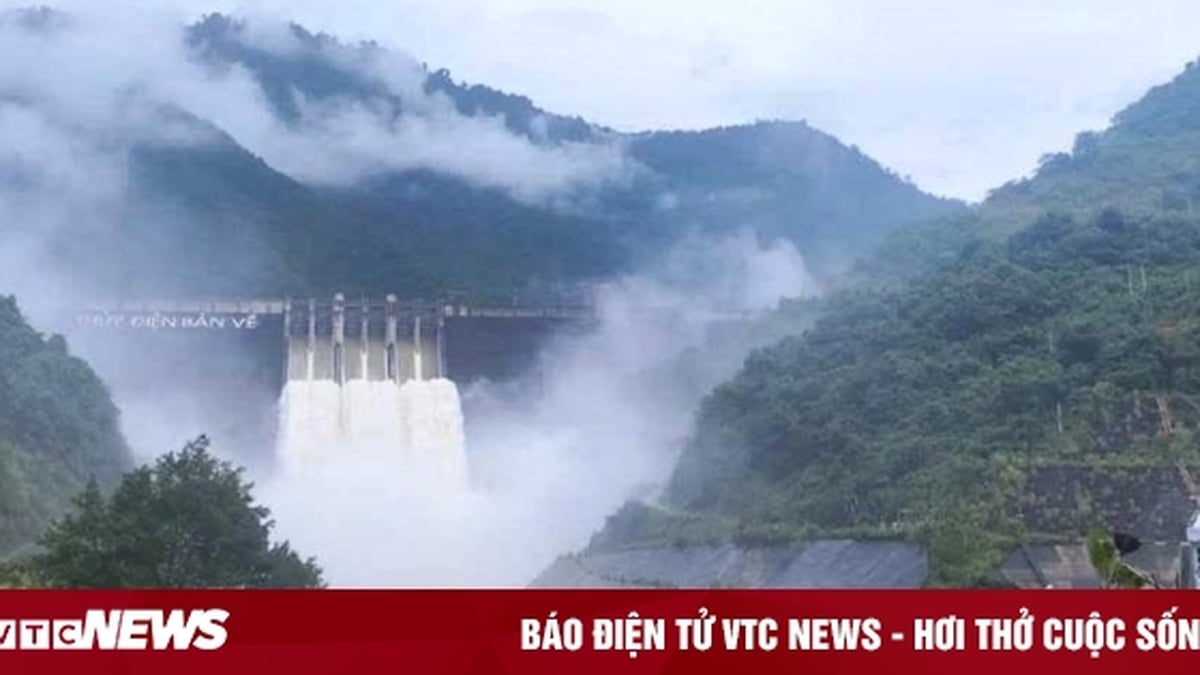

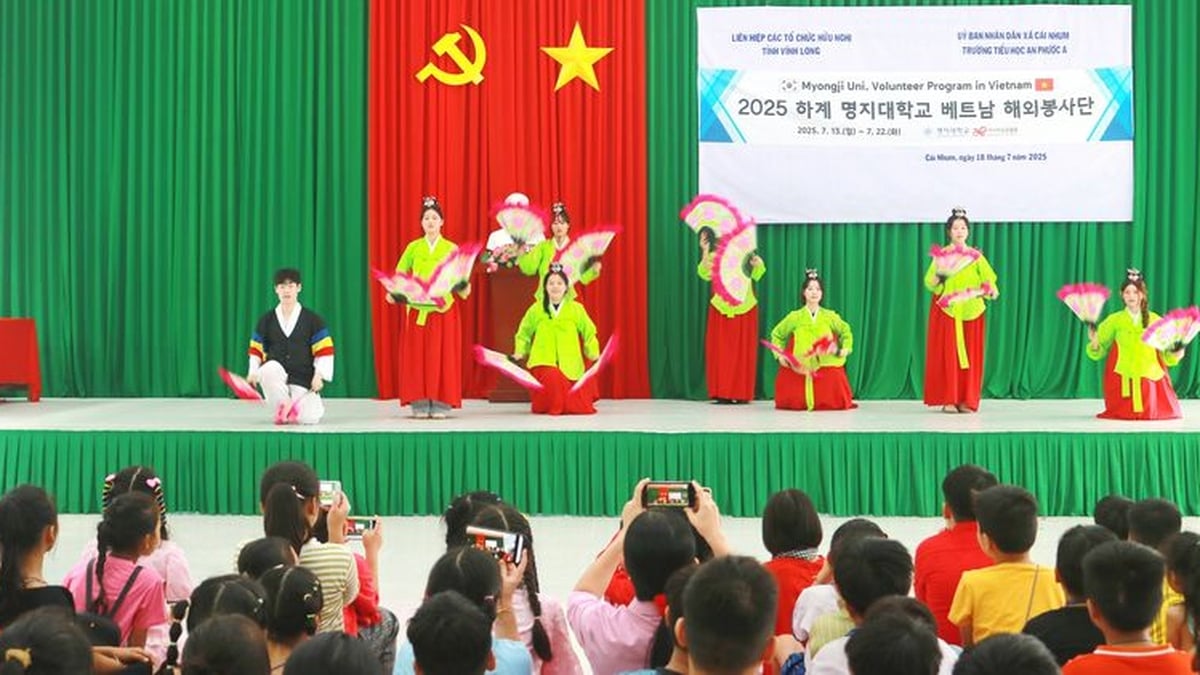
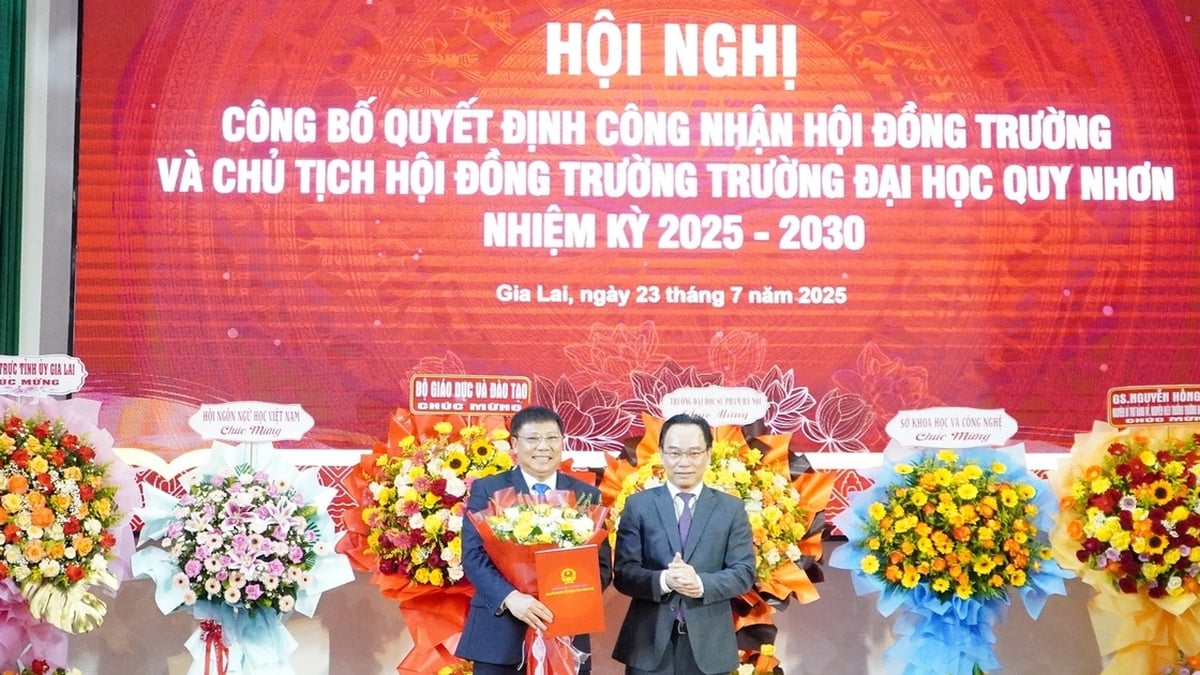

























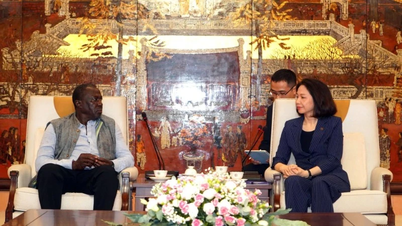




















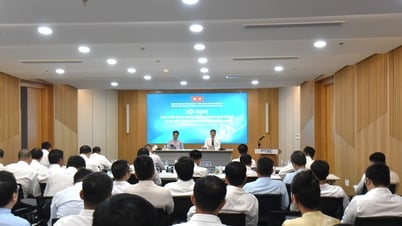


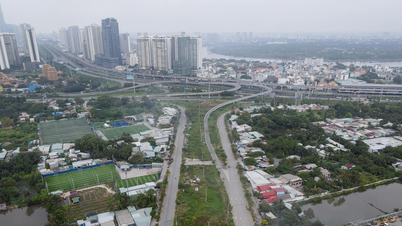










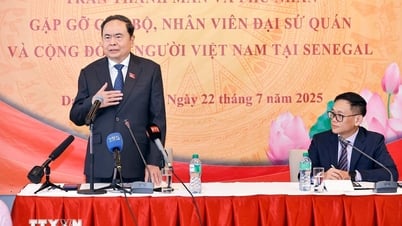
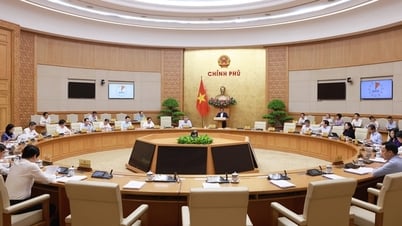














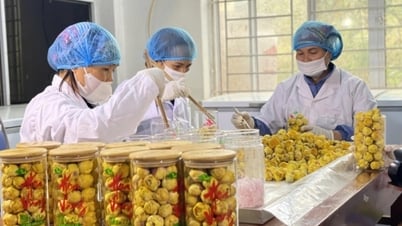












Comment (0)